What is behavioral segmentation?
Behavioral segmentation is the practice of dividing customers into groups based on their behavior patterns, such as purchasing behavior or loyalty, to create targeted marketing strategies.
By analyzing customer behavior, businesses can better understand their target audience and deliver more personalized marketing efforts. In order to improve customer engagement and satisfaction, this customer segmentation strategy focuses on interactions and activities rather than just demographic data. By giving consumers relevant information at the right time, it seeks to boost marketing campaigns' efficacy and encourage consumer purchases.
Why is behavioral segmentation important?
By understanding customer behaviors, marketers can target their audiences with precision, leading to improved outcomes across several key areas. Here are some benefits of behavioral segmentation:
1. Increased relevance of marketing messages
Behavioral segmentation enhances marketing efforts by tailoring strategies to specific customer behavior patterns. Rather than sending generic messages, brands can tailor their communications to specific actions, such as a customer’s recent purchase or browsing history, leading to higher engagement levels. Understanding customer behavior allows for the creation of targeted campaigns, ultimately driving customer purchases and loyalty.
2. Efficient resource allocation
By identifying customer behavior patterns and preferences, companies can allocate resources strategically to target specific customer segments. Instead of spreading marketing efforts thinly across an entire audience, behavioral segmentation allows brands to focus on customers who are most likely to engage or are closer to making a purchase.
This targeted approach increases the effectiveness of marketing efforts and maximizes return on investment. Moreover, it allows businesses to focus on the most profitable customer segments, leading to improved overall performance and competitive advantage in the market.
3. Improved customer retention
Understanding customer behavior allows companies to tailor their marketing efforts to meet individual preferences, increasing satisfaction and brand loyalty. This targeted approach ensures that customers feel valued and understood, increasing the likelihood of repeat purchases and long-term engagement with the brand. Ultimately, improved customer retention drives customer loyalty and boosts customer lifetime value.
4. Better customer experience
Offering personalized experiences that cater to individual behaviors not only improves customer satisfaction but also increases the likelihood of future purchases. A study by
Epsilon found that 80% of consumers are more likely to buy from a brand that provides personalized experiences. Personalized recommendations, specifically in the case of ecommerce stores, also make the overall shopping experience easy and convenient.
Epsilon found that 80% of consumers are more likely to buy from a brand that provides personalized experiences. Personalized recommendations, specifically in the case of ecommerce stores, also make the overall shopping experience easy and convenient.
Types of behavioral segmentation
There are several ways to segment customers based on their behavior. Below are the most common types that are used by brands.
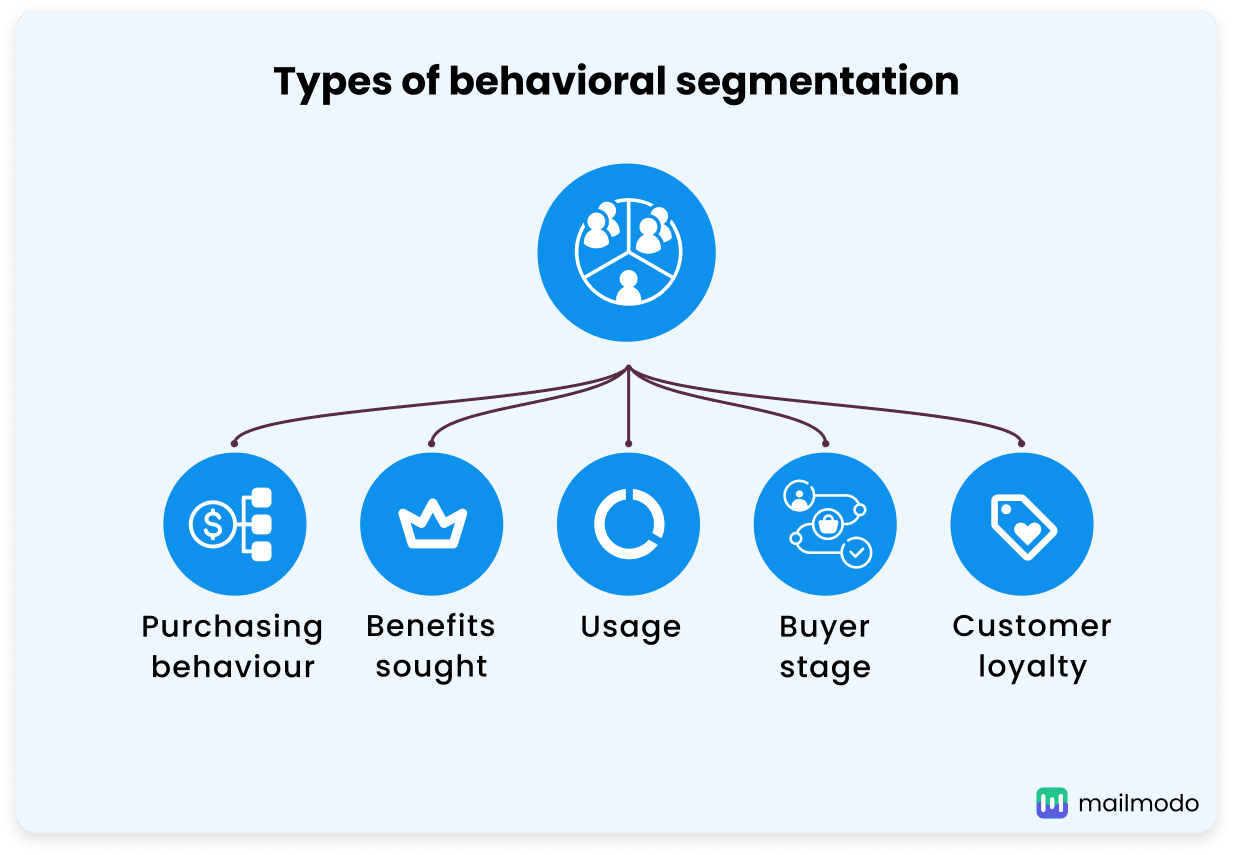
1. Purchasing behavior
This type of segmentation analyzes when and why customers make the purchase. On knowing such information, businesses can optimize their marketing efforts to target the right audience at the right time. Examining factors influencing a customer's decision-making process such as discounts, past experiences, holidays, and spending habits, helps companies tailor campaigns, create strong value propositions and boost customer satisfaction.
2. Benefits sought
This refers to segmenting customers based on the specific benefits they seek from a product or service. By focusing on the distinct value each group is looking for, marketers can emphasize on the product features or services that best address those needs.
3. Usage
Usage segmentation is a pivotal aspect of behavioral segmentation, focusing on how customers use a product or service. Depending on the amount of usage, customers are grouped into categories like heavy, medium, and light users helping companies tailor their marketing strategies to each category effectively, encouraging more frequent use or better engagement.
4. Buyer stage
This type involves identifying which stage a customer is at in their buyer journey.
Knowing whether a customer is in the awareness, consideration, or decision phase enables businesses to strategize. Each stage requires a distinct marketing approach, from introducing the product to educating potential buyers and offering incentives to finalize a purchase. This approach ensures that the right message reaches the right audience at the right time.
5. Customer loyalty
This type segments customers based on their loyalty level. Knowing whether customers are loyal or not allows for targeted retention efforts—like rewards, special promotions, or exclusive deals—tailored to encourage long-term commitment. Implementing loyalty programs based on customer segments further solidifies the bond between customers and the brand, ultimately driving repeat purchases and profitability.
Steps to implement behavioral segmentation
To effectively use behavioral segmentation, brands should follow a clear process for collecting, analyzing, and applying customer data.
1. Data collection
The first step in behavioral segmentation is collecting the right data to understand customer behavior patterns, preferences, and interactions across various touchpoints. In this step, it’s important to define the kind of data you need to collect and how to collect them.
2. Data analysis
Once data is collected, it must be analyzed to uncover patterns in customer behavior. Several tools can help with the collection and analysis of data, like:
Google Analytics for tracking website interactions and user behaviors.
HubSpot for analyzing customer interactions across different channels.
Kissmetrics for understanding customer journeys and engagement over time.
Analyzing behavioral data helps organizations identify trends and patterns, paving the way forward to the next step in the process.
3. Segment creation
Based on the analysis, businesses can categorize customers into groups based on their actions, preferences, and interactions with the brand, forming a behavioral segment. Each segment usually represents a unique group with distinct characteristics, such as frequent buyers, occasional users, or customers who only engage with promotional offers.
4. Campaign design
After audience segmentation, the next step is to design campaigns that speak directly to each segment. Personalization is key here—tailor messaging, product recommendations, and offers based on the specific behavior of each group.
For instance, a frequent buyer segment might receive loyalty discounts, while a group of first-time buyers could get an introductory offer to encourage a second purchase.
5. Track and optimize
To maximize the effectiveness of behavioral segmentation, it is crucial to continuously track and optimize your strategies as well as your segments. Analyzing the results and performance metrics allows for real-time adjustments to ensure that your marketing efforts are targeted and efficient.
By monitoring and refining your segmentation approach, you can tailor your marketing campaigns to meet the unique needs and preferences of different customer segments, leading to improved overall performance.
Examples of successful behavioral segmentation
Brands that effectively use behavioral segmentation create highly personalized experiences, driving engagement and loyalty. Here are examples of companies leveraging customer behaviors to meet needs and achieve impressive results.
1. Amazon
Amazon leverages customer data to customize recommendations, promotions, and product offerings to meet individual preferences. By analyzing purchasing patterns and user interactions and adopting advanced segmentation strategies, Amazon ensures that customers receive relevant information and product recommendations, leading to improved customer experience, customer satisfaction and sales.
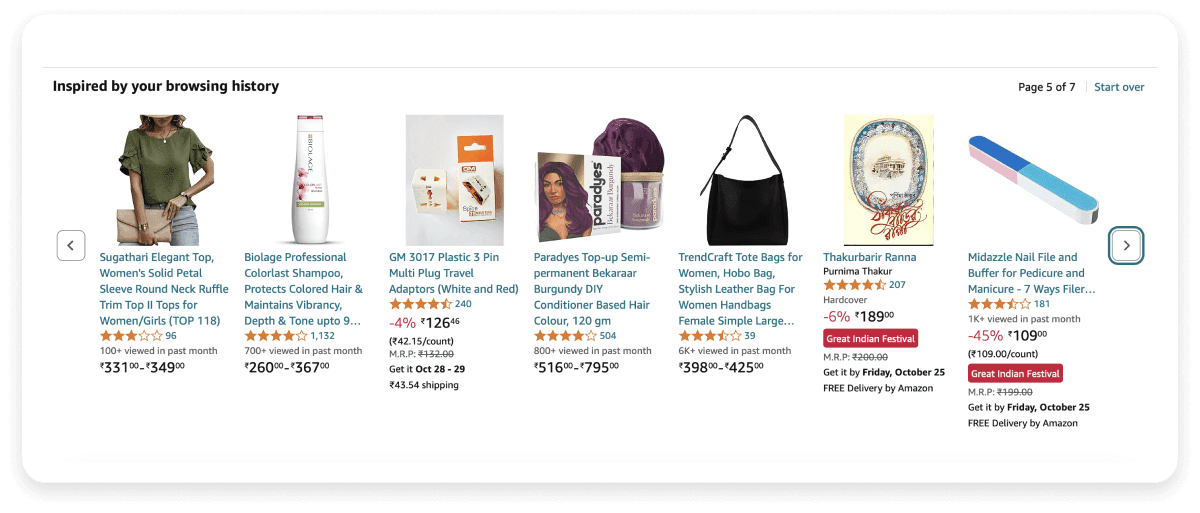
2. Netflix
Netflix utilizes behavioral segmentation effectively by analyzing viewing habits to recommend personalized content. They segment users based on genres, viewing history, and watch ratings to create diverse content offerings. This personalized approach boosts customer engagement, leading to better customer experience and retention.
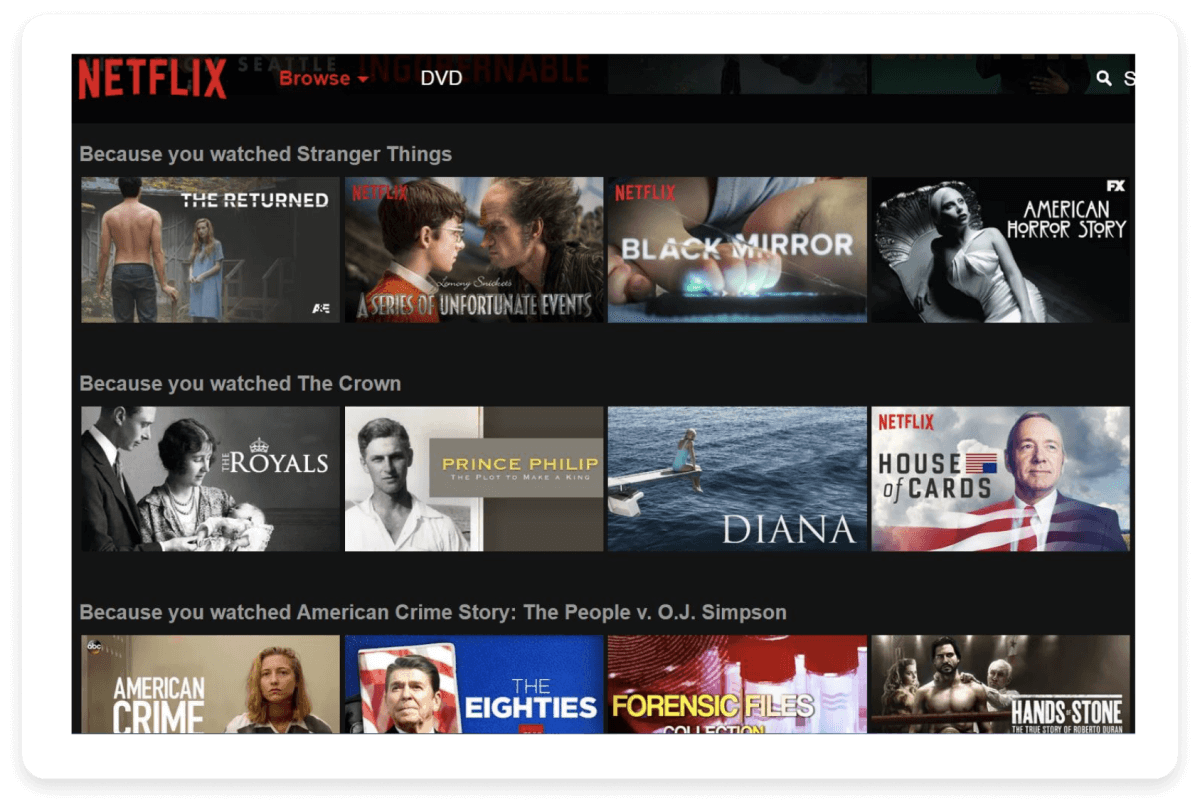
3. Spotify
Spotify employs advanced behavioral segmentation to personalize music recommendations and enhance user experience. By analyzing listening habits, preferred genres, and playlists, Spotify tailors playlists and suggestions.
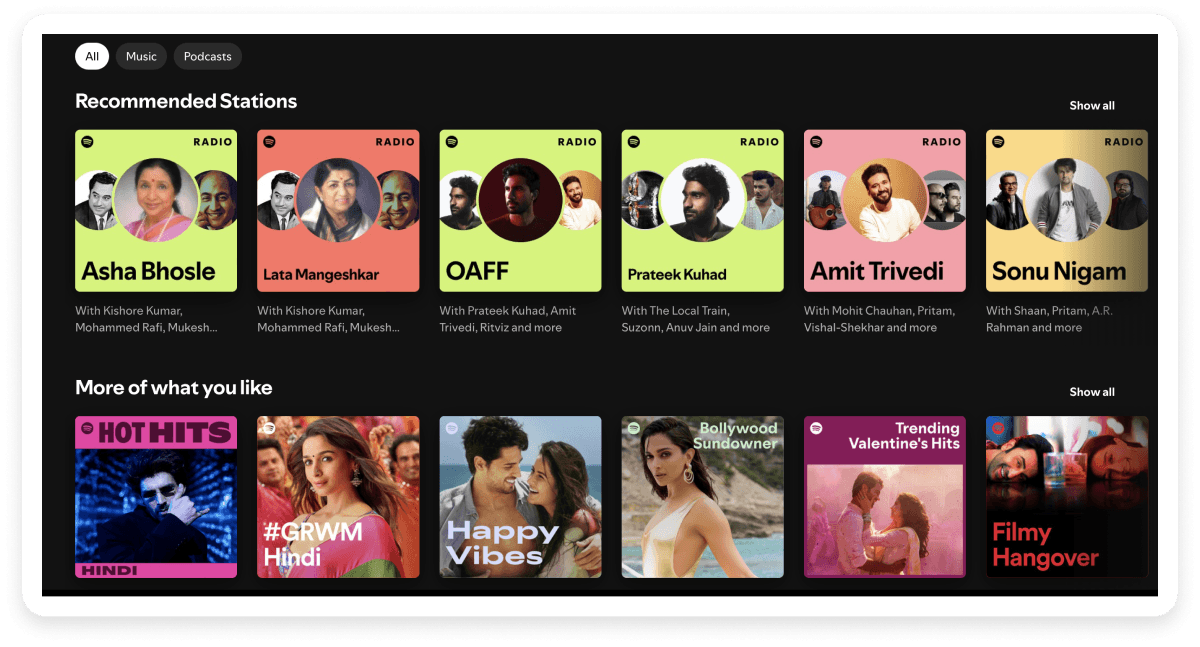
4. Starbucks
Starbucks’ loyalty program, engaging app, and customized promotions showcase their commitment to customer satisfaction. Through their strategic rewards system customers can earn points through purchases and unlock various benefits. Further, the system is divided into three categories depending on the purchase frequency. By understanding customer behavior patterns, Starbucks crafts targeted campaigns that drive customer engagement and retention.
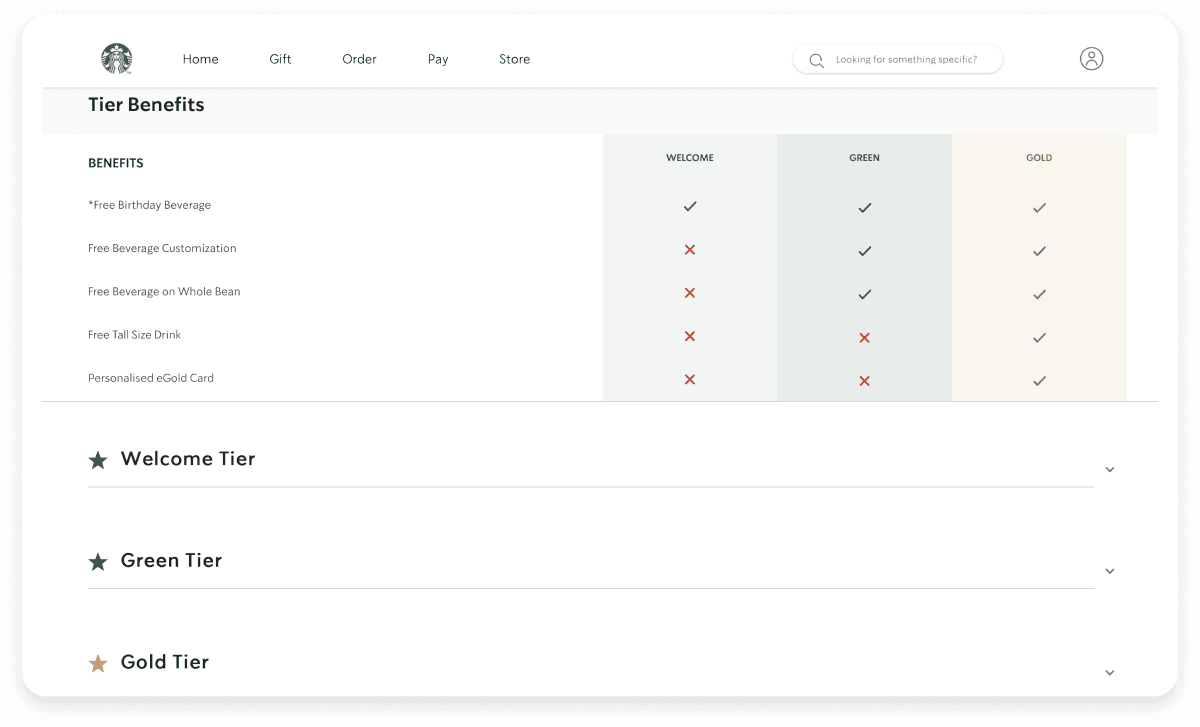
Conclusion
Behavioral segmentation is a powerful tool for marketers aiming to create personalized experiences that drive engagement and conversion. By analyzing customer behavior, companies can develop more relevant marketing messages, allocate resources efficiently, and retain customers more effectively. Whether you’re using behavioral data to inform product recommendations, create personalized playlists, or design loyalty programs, the key to success lies in understanding and responding to your customers’ behaviors.















